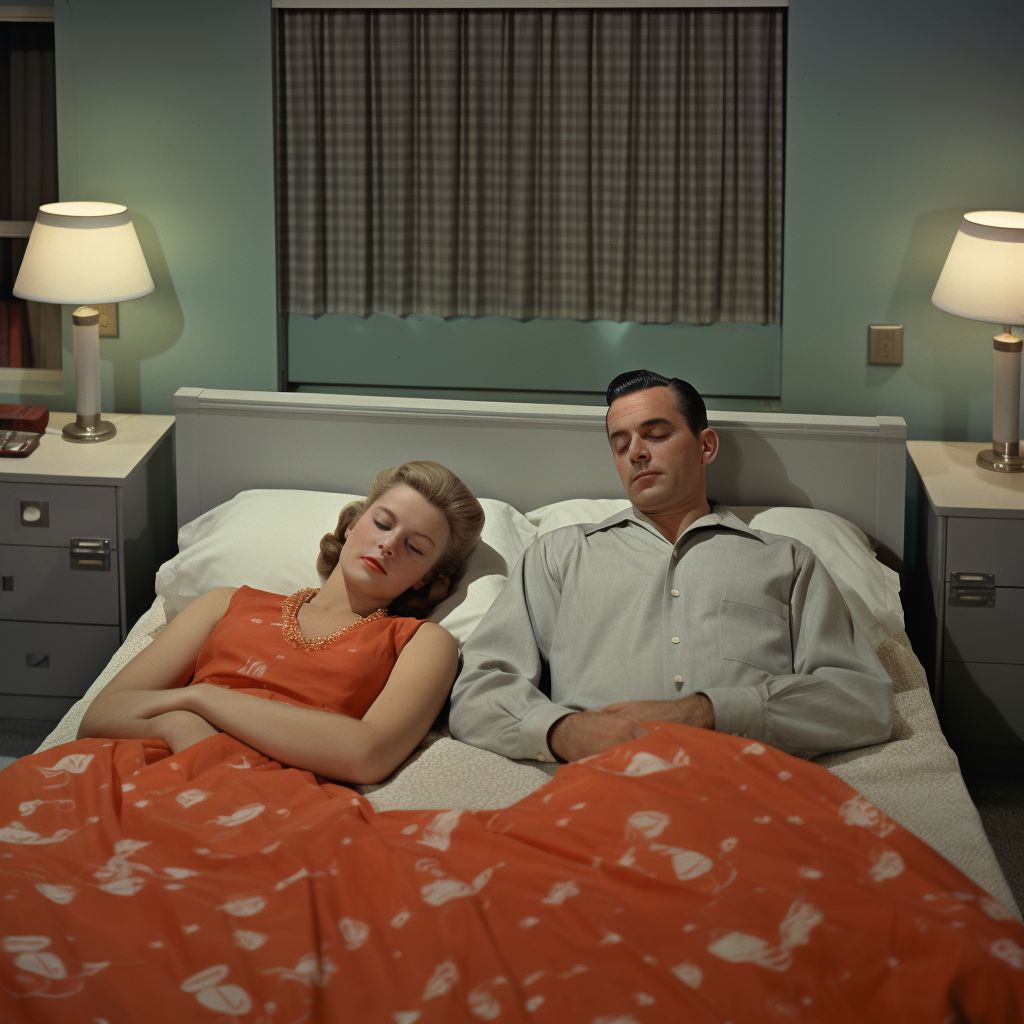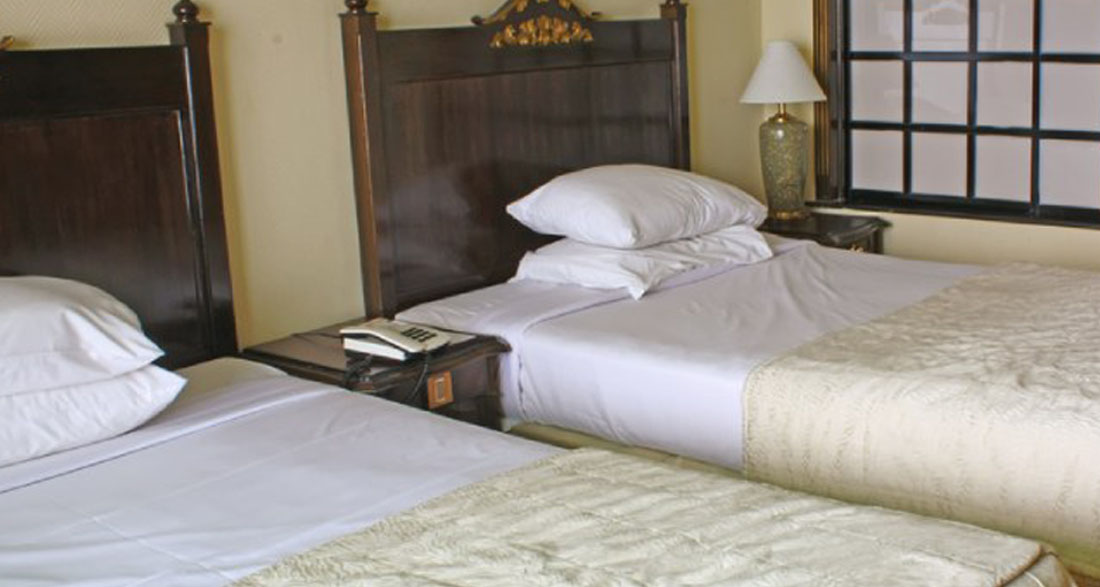The Fascinating History of Couples Sleeping Apart
Not too long ago, it was quite normal for married couples to sleep in separate beds or even in different bedrooms. Today, this might seem strange to us because we usually think of sharing a bed as a sign of love and closeness.
But back in the day, there were many reasons for this unusual practice, and understanding them can help us see how marriage and society have changed over time.
Modesty and Social Norms
One of the main reasons couples slept apart was modesty. In the 18th and 19th centuries, many societies had strict views about physical intimacy. They believed that sharing a bed was too revealing and could damage a couple’s reputation. People thought it was more proper to keep their sleeping arrangements separate.
As one historian put it, “In those times, modesty was a virtue, and couples wanted to uphold their social standing.” This meant that many married couples chose to sleep in separate beds to maintain their dignity and adhere to societal expectations.
Imagine a couple in a small, cozy home, each in their own bed, quietly reading or writing before drifting off to sleep. They loved each other dearly but felt that sharing a bed was just too much for the world to see. This practice was a way to keep their love private and their reputations intact.
Health and Hygiene Concerns
Health and hygiene also played a crucial role in this practice. Back then, regular bathing wasn’t as common as it is today, and clean bedding was a luxury for many. There were real fears about spreading diseases or parasites through shared bedding.
Sleeping separately was seen as a way to stay healthy and avoid infections. “People were worried about germs and cleanliness,” explained a cultural expert. “Sleeping apart was a practical solution to a very real problem.”
Picture a husband and wife, each in their own bed, feeling relieved that they wouldn’t catch a cold or worse from each other. They valued their health and took precautions, even in their most intimate spaces.
Social Status and Space
For wealthier families, having separate beds was often a sign of privilege. Rich households could afford larger homes with multiple bedrooms, allowing couples to have their own sleeping spaces. This arrangement was not just about comfort; it was a symbol of prosperity and personal space.
Picture a grand mansion with beautifully decorated rooms, each with its own charm. For the affluent, separate bedrooms were a way to showcase their status and lifestyle. “Having your own space was a mark of success,” said a social historian. “It showed that you had made it in life.”
Imagine a couple in a lavish home, each retreating to their own luxurious bedroom at the end of the day. It wasn’t just about sleep; it was about showing off their wealth and enjoying their own personal sanctuary.
Practical Reasons
There were also practical reasons for couples to sleep apart. Think about it: snoring spouses, different sleep schedules, and restless sleepers can make sharing a bed quite uncomfortable. Having separate beds or bedrooms allowed for better sleep quality.
Couples could enjoy peaceful nights without disturbing each other. “It’s all about getting a good night’s sleep,” said a sleep expert. “When you’re well-rested, you’re happier and healthier.”
Imagine trying to sleep next to someone who snores loudly or tosses and turns all night! By having their own beds, couples could wake up refreshed and ready to face the day.
Victorian Morality

During the Victorian era in the 19th century, the idea of separate sleeping arrangements became even more pronounced. This was a time of strict moral codes and values. The Victorian middle and upper classes often promoted the idea of “separate spheres” for men and women.
Men worked outside the home, while women focused on domestic duties. Sleeping apart reinforced these gender roles, suggesting that men and women had distinct areas of influence in their lives. “Victorian society was all about maintaining appearances,” noted a historian. “Sleeping separately was just one way to uphold those values.”
Picture a Victorian couple, each in their own room, adhering to the strict rules of society. They loved each other but followed the expectations of their time, believing that separate beds were a sign of respectability.
Changing Social Norms
As the 20th century rolled in, societal norms began to change, and so did the practice of sleeping separately. The women’s liberation movement and shifting attitudes toward intimacy played a significant role in this transformation. People started to value emotional connection and companionship in marriage more than rigid gender roles and societal expectations.
Couples began to see the benefits of sharing a bed, leading to a gradual decline in the practice of sleeping apart. “Marriage evolved into a partnership based on love and equality,” said a sociologist. “Sharing a bed became a symbol of that bond.”
Imagine couples today, snuggling together under the covers, enjoying the warmth and closeness that comes from sharing a bed. They cherish their connection and see it as a vital part of their relationship.
Conclusion
So, what do you think of this fascinating history of separate beds in marriage? It’s intriguing to see how societal norms and personal relationships have evolved over time. From modesty and health concerns to changing views on intimacy, the reasons behind this practice reveal a lot about our past.
As we reflect on these changes, it’s clear that marriage continues to adapt to the values and beliefs of each generation.
What are your thoughts on this story? Do you think couples today should consider sleeping separately? Share your opinions in the comments below!














